Il processo di personalizzazione delle bende autoadesive
Determinare le esigenze di personalizzazione Bendaggi coesivi
Posizionamento dello scopo
- Uso medico: Se utilizzato in ambito medico, come la medicazione di ferite, il bendaggio deve avere una buona permeabilità all'aria e un buon assorbimento dell'acqua per prevenire l'infezione della ferita e promuovere la guarigione. Ad esempio, per i pazienti ustionati, è necessario personalizzare un bendaggio autoadesivo con un elevato assorbimento d'acqua e la viscosità non deve essere troppo elevata per evitare di danneggiare la nuova pelle quando si cambia il bendaggio.
- Protezione sportiva: L'obiettivo delle bende autoadesive utilizzate per la protezione sportiva è quello di fornire un buon supporto e una buona elasticità. Ad esempio, nella pallacanestro, per prevenire le distorsioni della caviglia, il bendaggio personalizzato deve essere in grado di adattarsi perfettamente all'articolazione della caviglia e di espandersi e contrarsi con il movimento della caviglia senza ostacolare la normale funzione di movimento.
- Cura quotidiana o uso di animali domestici: Se utilizzato per le cure quotidiane, come il bendaggio di piccole abrasioni, è necessario prestare maggiore attenzione al comfort e alla facilità d'uso del bendaggio. Per quanto riguarda le bende autoadesive per animali domestici, è necessario considerare il fattore del pelo dell'animale e la viscosità della benda non deve essere troppo forte per evitare di danneggiare il pelo e la pelle dell'animale.

Dimensioni e forma:
Dimensioni standard personalizzate: Determinare la dimensione standard in base alle parti di uso comune. Ad esempio, per le bende per le dita, la larghezza è generalmente di 1-2 cm e la lunghezza di 3-5 metri; per le bende per i polsi, la larghezza è di 3-5 cm e la lunghezza di 4-6 metri; per le bende per le cosce, la larghezza è di 7-10 cm e la lunghezza di 6-10 metri.
Design di forma speciale: Per le parti articolate, come le articolazioni del ginocchio e del gomito, la forma del bendaggio può essere progettata in modo da essere stretta al centro e larga alle due estremità per adattarsi meglio alla forma curva dell'articolazione. I bendaggi di forma speciale possono anche essere personalizzati in base a esigenze particolari, come la progettazione di una forma unica per avvolgere una parte del corpo specifica (come un bendaggio per la correzione della colonna vertebrale).
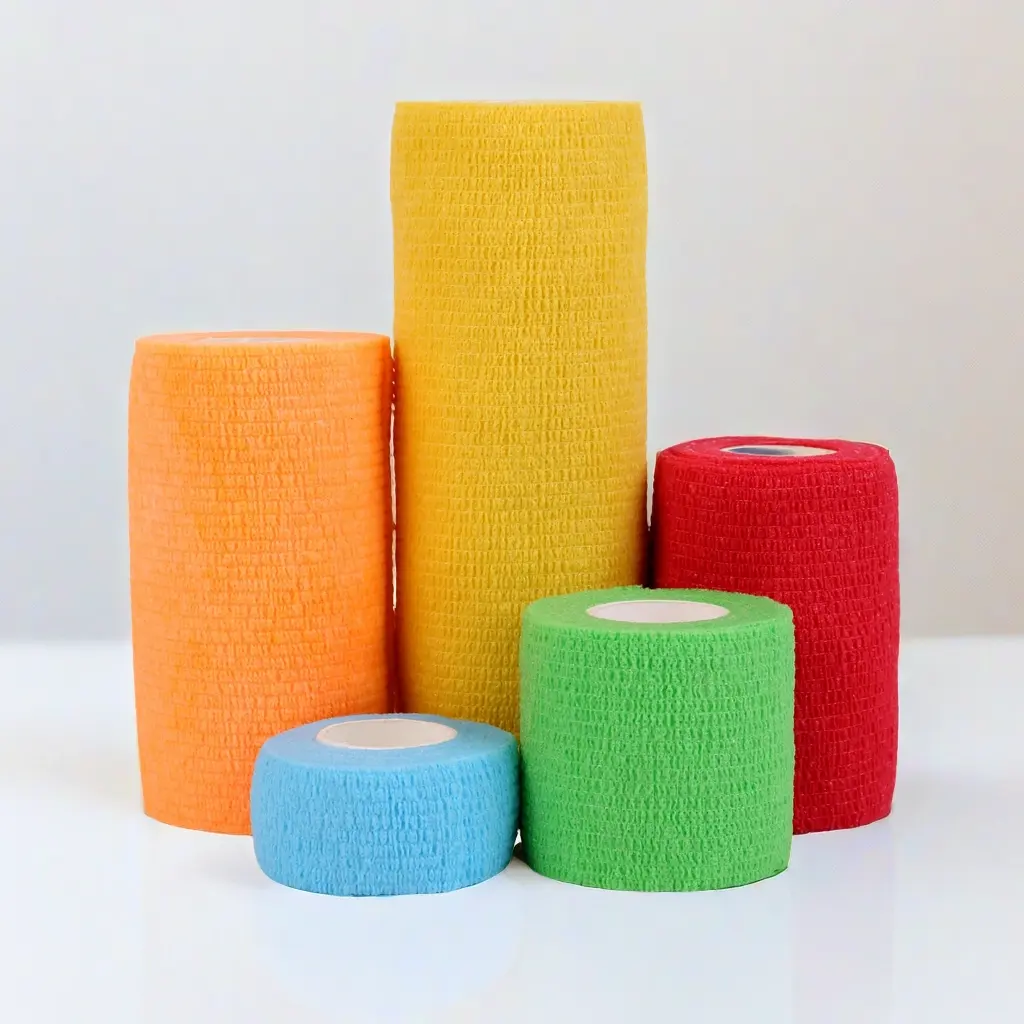
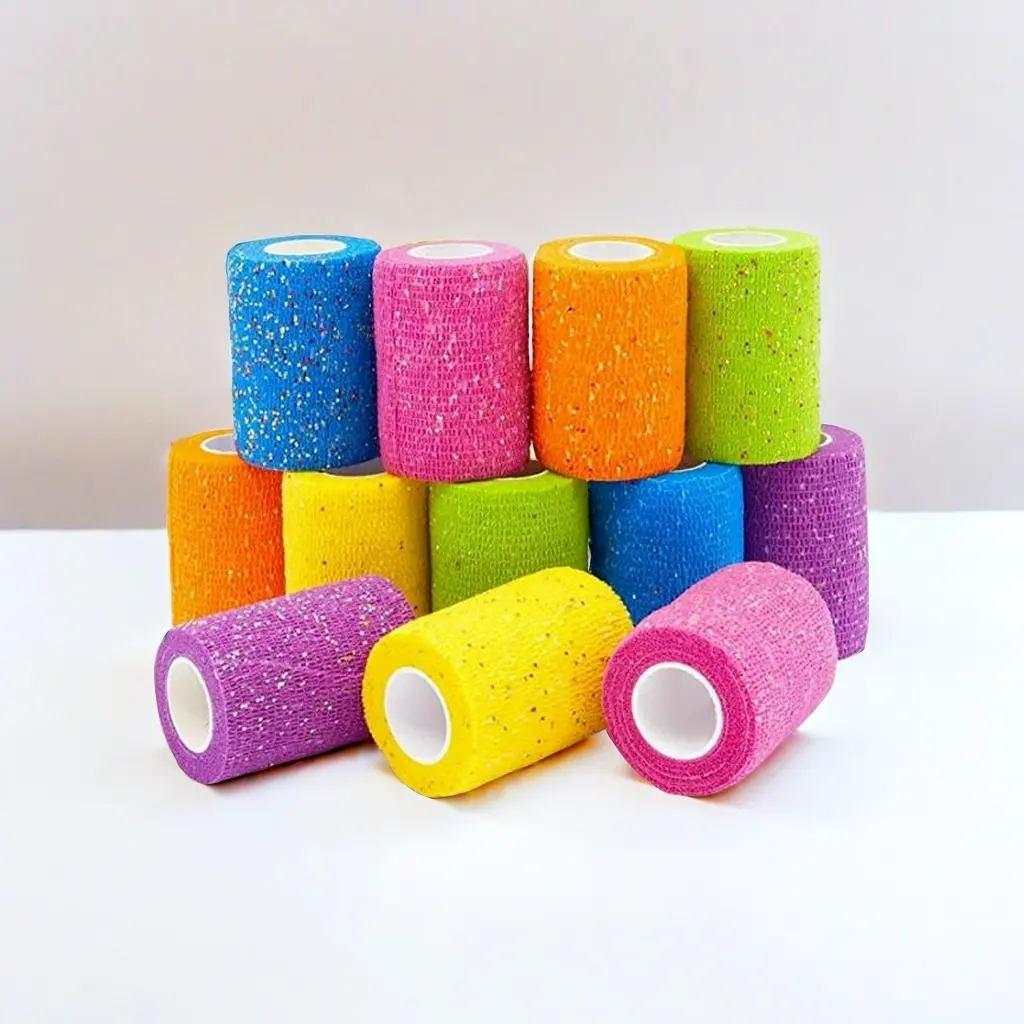
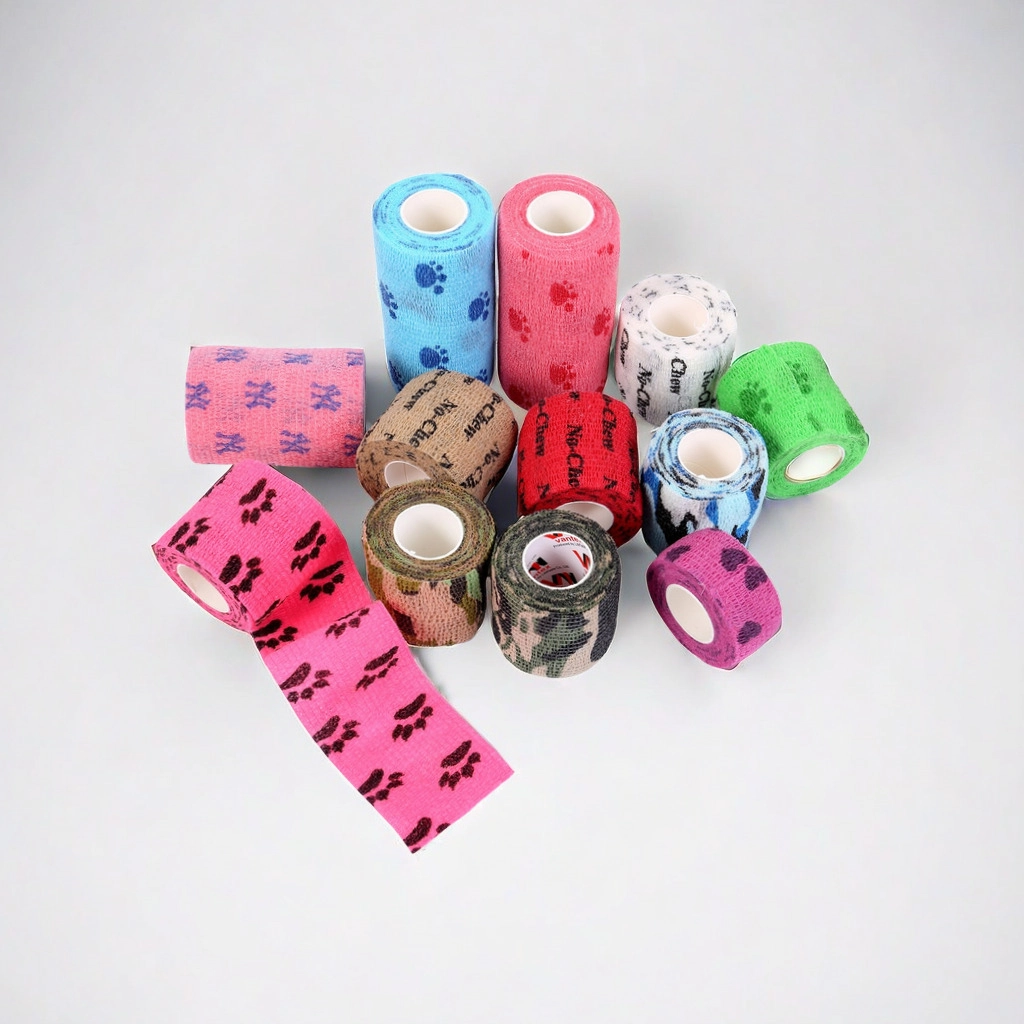
Requisiti di prestazione:
Viscosità: Determinare la forza di viscosità richiesta. Per i bendaggi medici che devono essere fissati a lungo, la viscosità deve essere forte e duratura, come ad esempio i bendaggi per la fissazione delle fratture; mentre per l'uso temporaneo o per gli utenti soggetti ad allergie, la viscosità può essere leggermente più debole per facilitare la rimozione.
Elasticità: Impostare il range di elasticità in base allo scopo di utilizzo. L'allungamento elastico delle bende protettive per lo sport deve generalmente raggiungere 150% - 200% per adattarsi all'espansione e alla contrazione dei muscoli; per le bende per uso fisso, l'elasticità può essere inferiore.
Traspirabilità e igroscopicità: Se viene utilizzato in aree soggette a sudorazione o per bendaggi di lunga durata, il bendaggio deve avere una buona traspirabilità e igroscopicità. Ad esempio, l'utilizzo di materiali contenenti componenti in cotone consente al bendaggio di assorbire il sudore sulla superficie della pelle, garantendo al contempo la circolazione dell'aria.
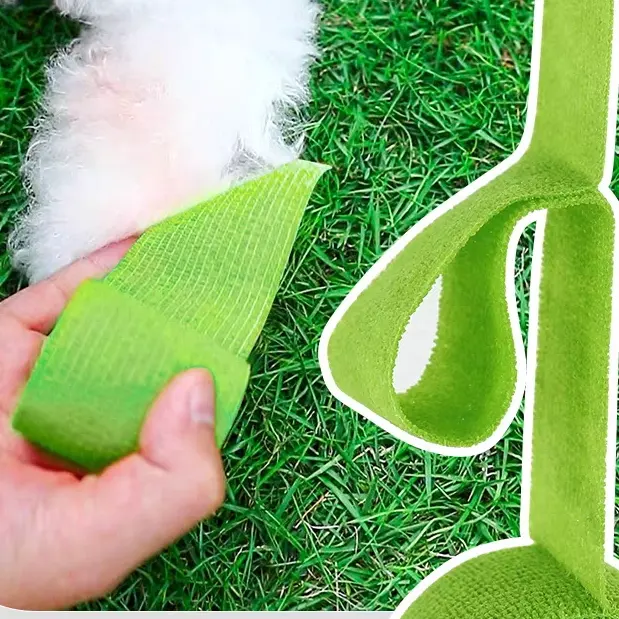

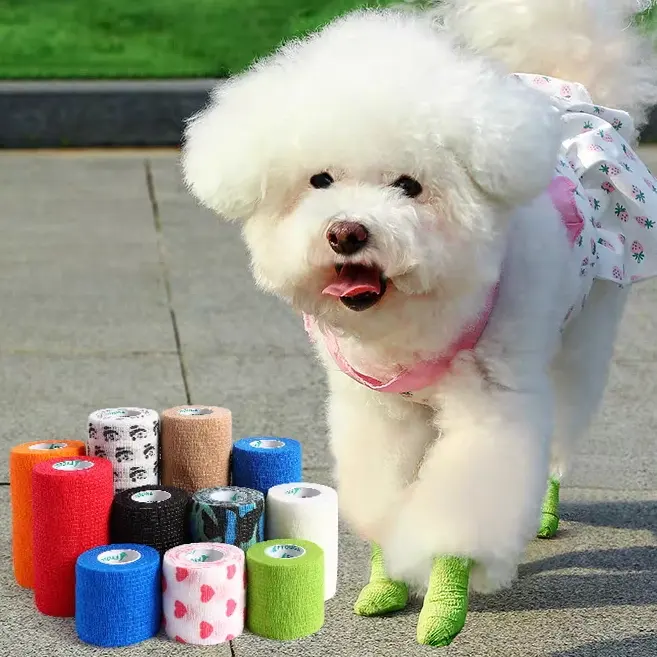
Design dell'aspetto:
Selezione del colore: Da un punto di vista funzionale, negli scenari medici possono essere scelti colori più accattivanti, come il rosso per le bende emostatiche di emergenza, che è comodo per il personale medico da identificare rapidamente. Dal punto di vista del marchio o delle preferenze degli utenti, i marchi sportivi possono scegliere bende coerenti con il colore del marchio o personalizzare i colori in base ai diversi temi degli eventi sportivi.
Design dei modelli: È possibile aggiungere motivi come loghi di marchi, elementi sportivi (come motivi di calcio e basket), personaggi dei cartoni animati (per bambini o bende per animali domestici), ecc. La qualità di stampa del motivo deve essere elevata per garantire la chiarezza e l'assenza di sbiadimento.

Colla personalizzata
Colla personalizzata
La gomma naturale è comunemente utilizzata per le bende autoadesive in tessuto non tessuto, ma poiché la gomma naturale contiene proteine, può causare allergie in alcune persone. Se si desidera prevenire le allergie, è possibile personalizzare le bende autoadesive con colla sintetica. In questo modo è possibile ridurre le allergie e anche la forza dell'adesività può essere personalizzata.
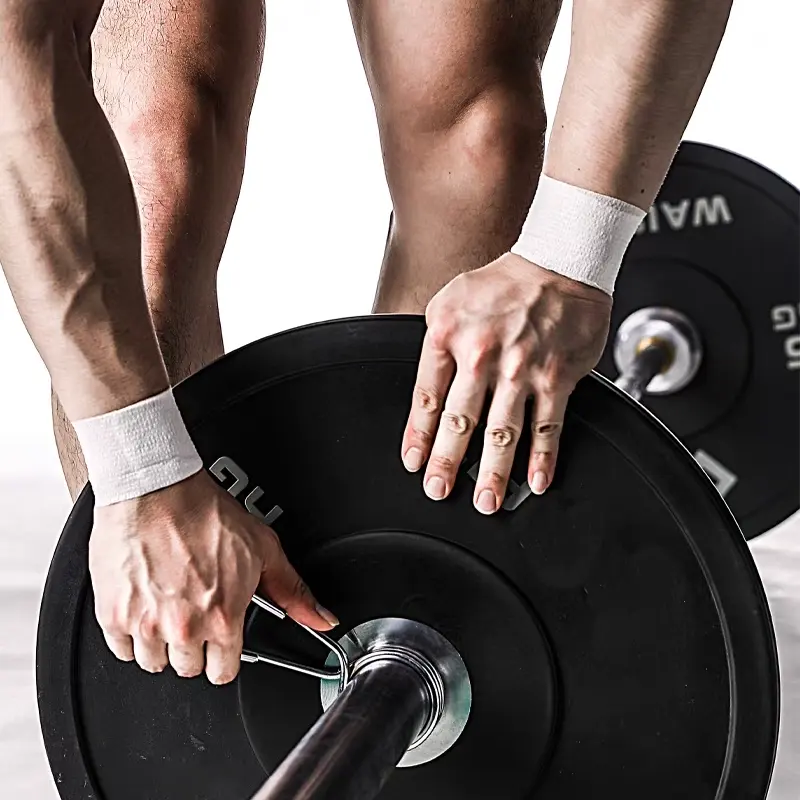
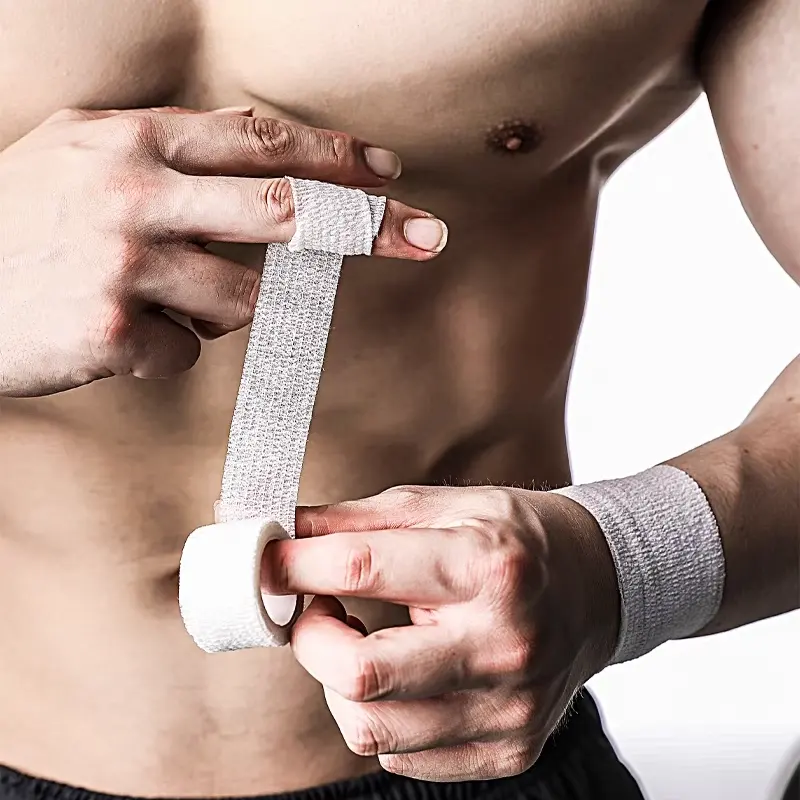
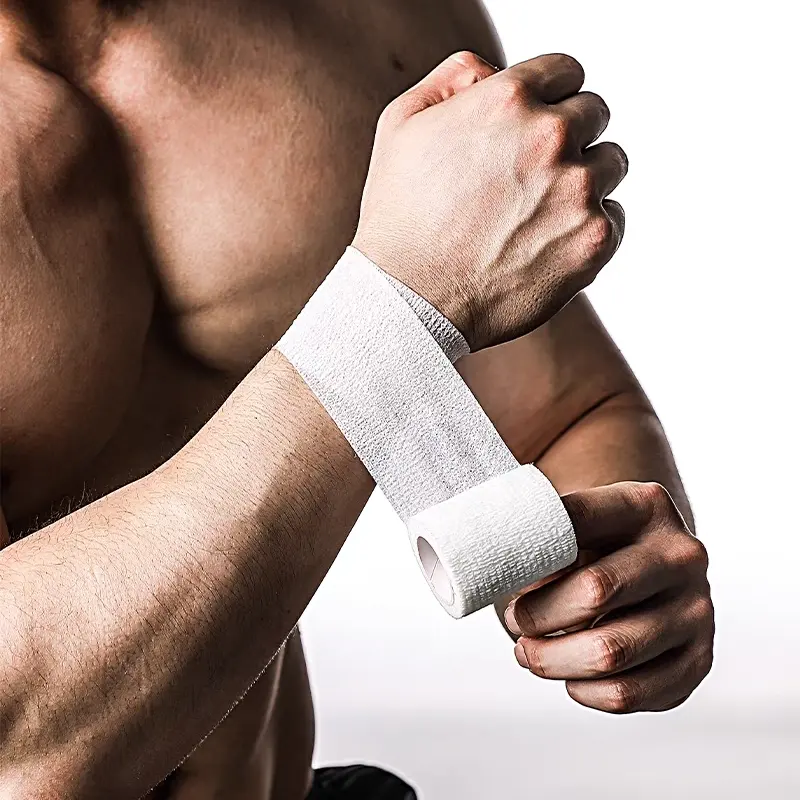
Colori personalizzati, stampe Aspetto design
Design dei modelli: È possibile aggiungere motivi come loghi di marchi, elementi sportivi (come motivi di calcio e basket), personaggi dei cartoni animati (per bambini o bende per animali domestici), ecc. La qualità di stampa del motivo deve essere elevata per garantire la chiarezza e l'assenza di sbiadimento.
Selezione del colore: Da un punto di vista funzionale, negli scenari medici possono essere scelti colori più accattivanti, come il rosso per le bende emostatiche di emergenza, che è comodo per il personale medico da identificare rapidamente. Dal punto di vista del marchio o delle preferenze degli utenti, i marchi sportivi possono scegliere bende coerenti con il colore del marchio o personalizzare i colori in base ai diversi temi degli eventi sportivi.
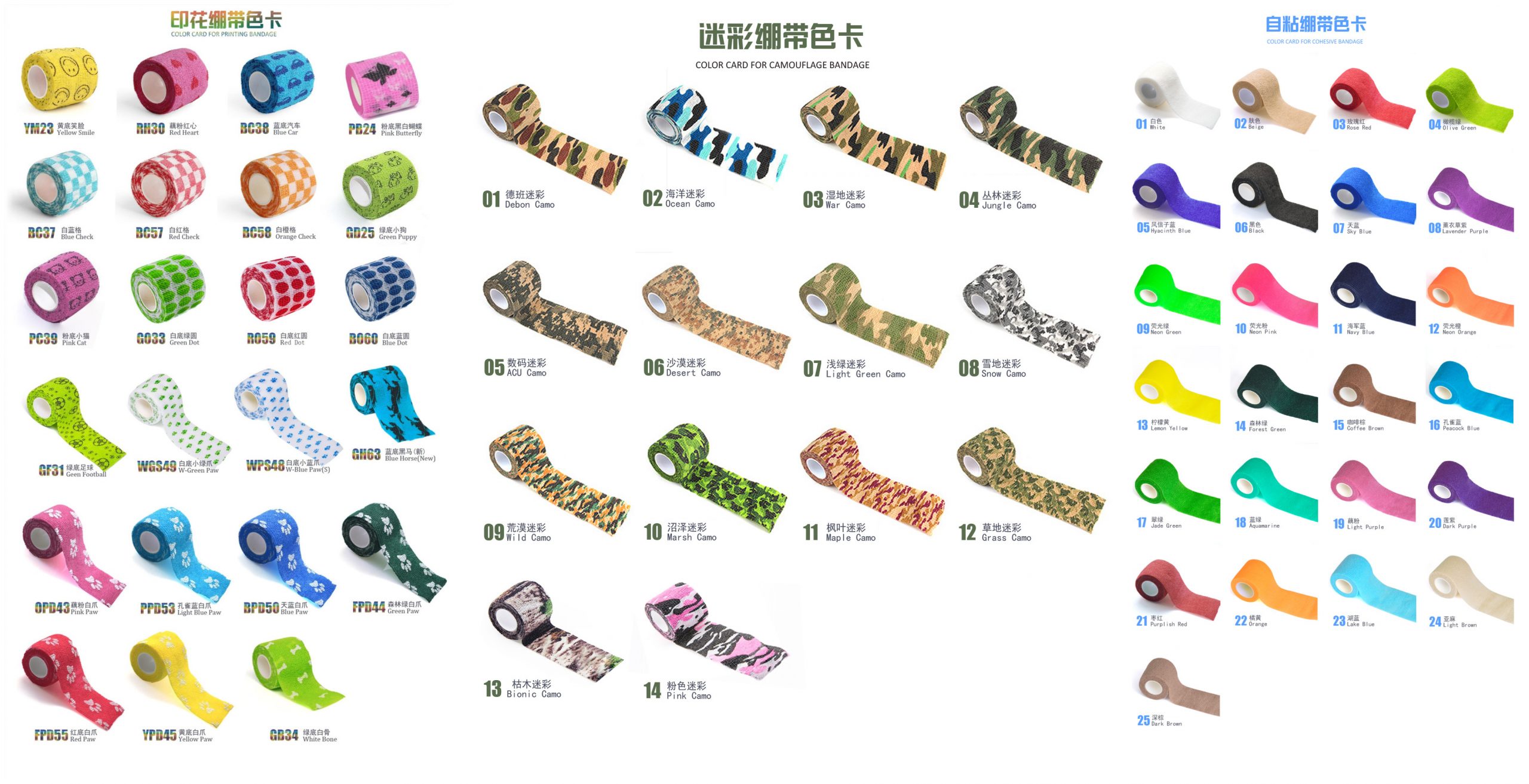
Personalizzazione per funzione
Alcune bende sono utilizzate per animali domestici o domestici. Per evitare che gli animali mordano, è possibile spruzzare sulle bende degli amari alimentari o della capsaicina, che possono ridurre i morsi degli animali e far durare le bende più a lungo. Esistono anche profumazioni aggiunte come menta, olio di eucalipto, ecc. che fanno sì che la benda abbia l'effetto di respingere le zanzare quando viene usata all'aperto.
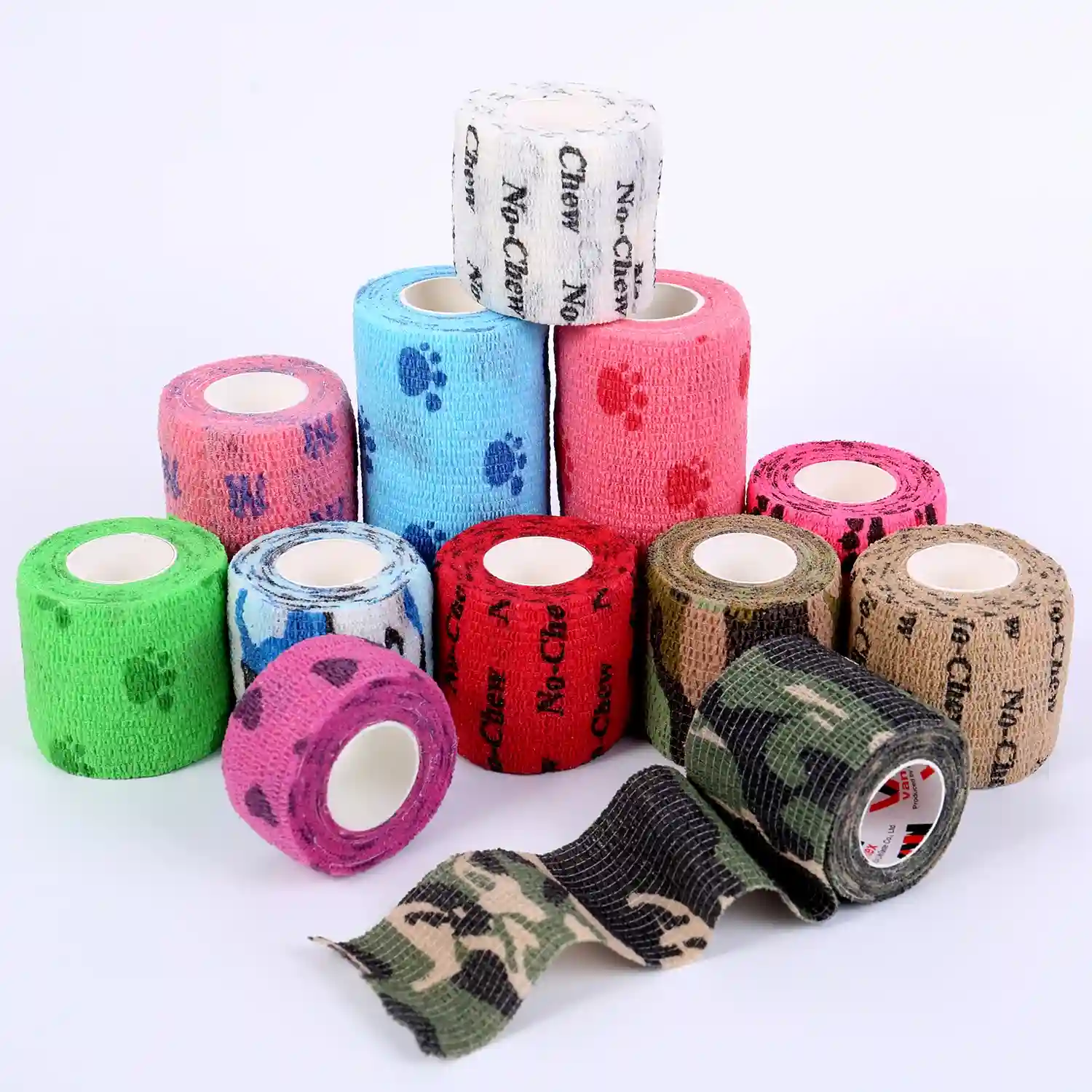
Processo di prova
- Dopo averci fornito i requisiti di personalizzazione dettagliati, realizzeremo dei campioni. Durante il processo di prova, è necessario comunicare per garantire che la produzione dei campioni sia in linea con il concetto di design. Ad esempio, per le bende con elevati requisiti di design estetico, è necessario prestare attenzione alla qualità della stampa del modello, alla precisione del colore, ecc.
Se necessario, forniremo rapporti di prova campione per riferimento. - Conferma e modifica:
- Dopo aver ricevuto il campione, effettuiamo un'ispezione completa del campione. Se si riscontrano non conformità con i requisiti, come deviazione delle dimensioni, viscosità insufficiente, difetti di aspetto, ecc.
